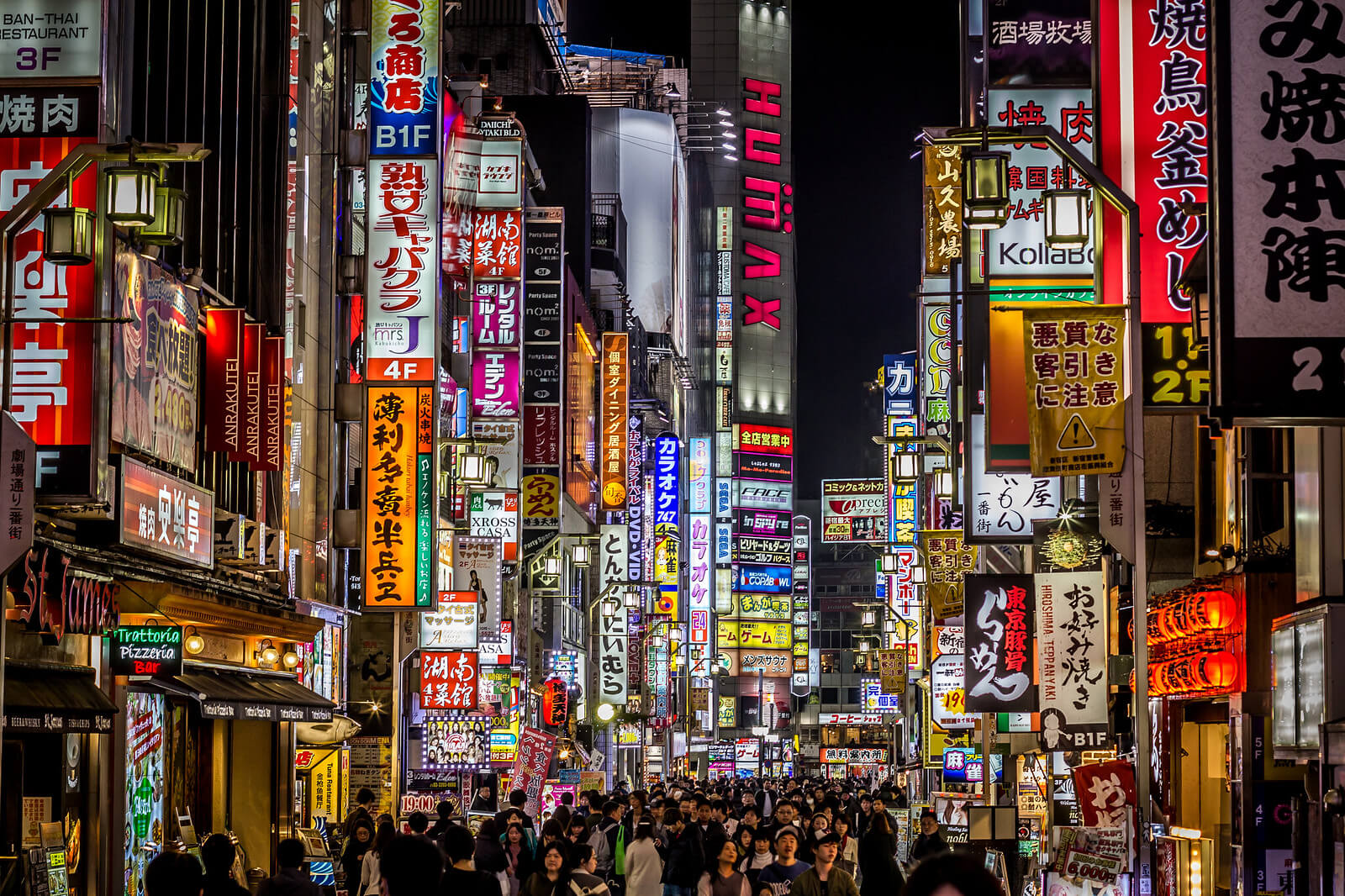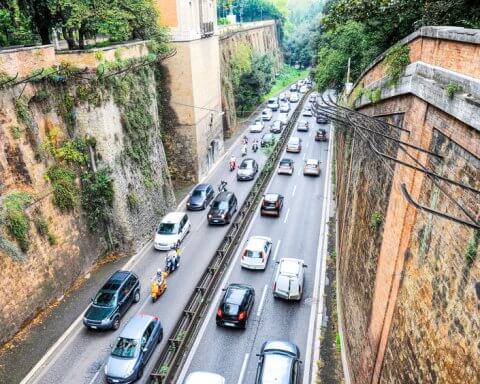In an extraordinary session convened in the fall of 2020, then prime minister Yoshihide Suga called on Japan to be a “carbon-free society” by 2050.
One year later, the Sixth Strategic Energy Plan was approved by the cabinet under Prime Minister Fumio Kishida. Decarbonizing the grid will be a large part of reaching that 2050 target while cutting national emissions by 46% by 2030. Roughly 40% of Japan’s emissions come from the power sector. Japan’s fossil fuel use increased after the 2011 Fukushima disaster soured public opinion against nuclear power, leading the government to decommission dozens of nuclear plants. In 2019, fossil fuels accounted for about 70% of total energy generation.
Controversially, the Strategic Energy Plan still allows for 19% coal (previously 26%) and calls for 20 to 22% nuclear power (up from 6%), a target that will require restarting around 30 nuclear reactors. (The country currently has only eight running.) But there is a House of Councillors election coming up, during which discussing nuclear power policy may be inescapable.
Japan’s energy plan is looking to raise the percentage of electricity generated through renewable energy in 2030 to between 36% and 38% (up from 18% in 2019). The country’s renewable energy capacity is already the sixth largest in the world, and its solar power generation capability is the third largest.
That helps explain why Japan received a score of 87% in Corporate Knights’ Earth Index report,* which indicates that in 2019, the country was relatively on track to meeting its 2030 climate commitments.

The Japanese government’s implementation plan for reaching carbon neutrality also emphasizes the acceleration of offshore wind power, bioenergy and hydrogen technology (including support for the development of hydrogen-fuelled railway vehicles and steelmaking technology).
In terms of transportation, Japan has focused largely on promoting hybrid vehicle sales. According to the Japan Automobile Dealers Association, the number of new electric vehicles sold in 2020 was roughly 15,000 – only about 0.6% of total vehicle sales. Under the green growth strategy, the government recently set a target: by 2035, all new cars sold will be “clean energy vehicles.” While hybrids are included in that definition, they are no longer eligible for subsidies. To meet the clean vehicle target, the government will install 30,000 quick chargers – four times the current number – by 2030 and will offer financial support to companies working to increase the capacity of storage batteries.
In response to the government’s goal, Toyota Motor Corp. announced that it will invest four-trillion yen into 30 models of battery-powered electric vehicles by 2030.
Like many countries, Japan is counting heavily on technological developments in the energy field, including carbon capture and storage, to meet its carbon-neutrality goals. It is difficult to accurately predict the success or failure of various technological developments and innovations.
To achieve its climate goals, an official of the Ministry of Economy, Trade and Industry says the government hopes to get more companies on board: “At this point, we would like to accelerate public–private efforts.”
In January, the prime minister spoke at the World Economic Forum’s virtual Davos event. He acknowledged that the journey to achieving Japan’s climate goals is “extraordinarily challenging,” citing strong public distrust of nuclear power and the high cost of renewables due to the country’s steep mountains. The prime minister said Japan is now “determined to boldly adopt policies that have been politically difficult in the past, against the backdrop of the public’s sense of urgency to tackle climate change.”
However, even with such enthusiasm, unless the government’s position on nuclear power policy is clarified, its targets in the Strategic Energy Plan may become an empty theory and nothing more.
Needless to say, technical and financial resources are essential to reaching this goal in Japan, but strong political leadership will also be necessary.

Prior to becoming Tokyo bureau chief at Capitol Intelligence, Naoya Abe helped found Bloomberg Business News in Japan.
*Corporate Knights’ Earth Index covers the 19 countries plus the European Union (EU) that together constitute the G20. The main Earth Index figure for countries is the emission reductions achieved in the most recent year according to reported data, divided by the annual emission reductions required to meet the country’s stated target.
DOWNLOAD EARTH INDEX REPORT







